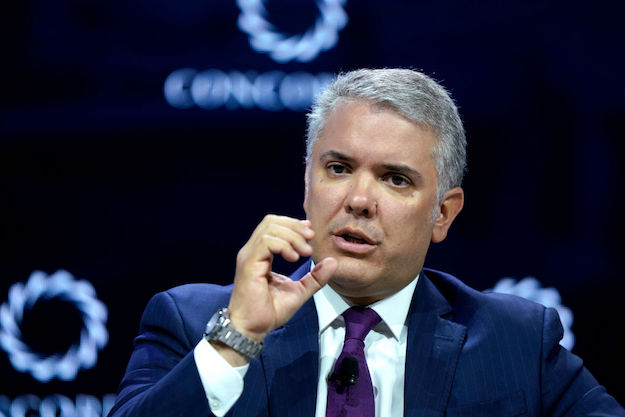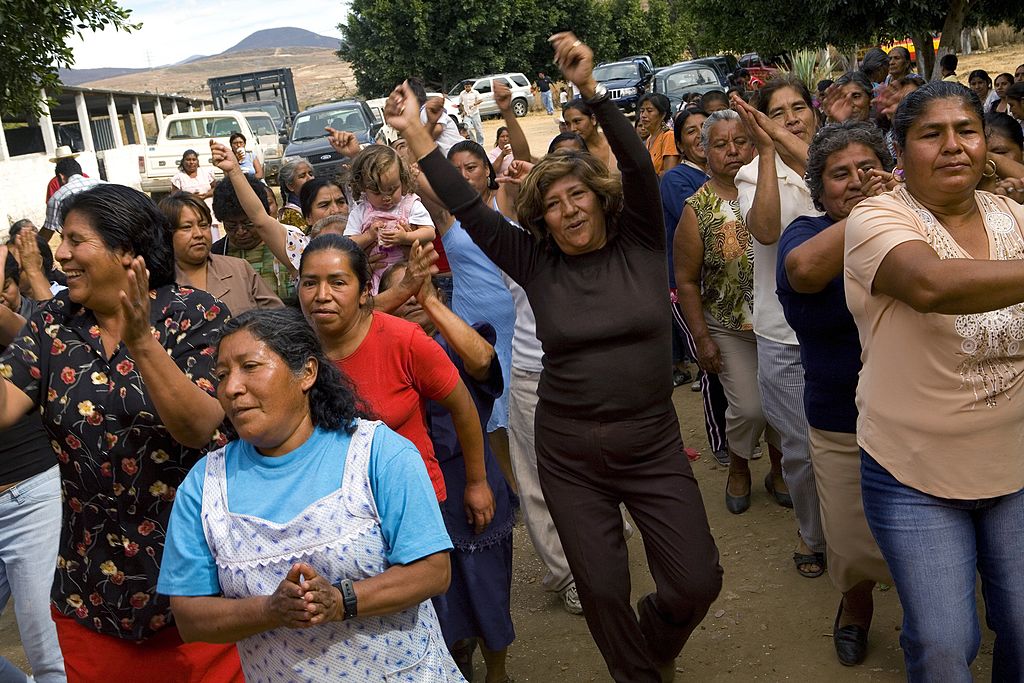As Chile’s protests continue into the new year, it is important to understand the reasons behind the public’s frustration – and for policymakers to come up with ways to address it. In that, no issue is more important than Chile’s private pension scheme, singled out in opinion polls as the most important issue for the protesters.
Set up in 1982, at the height of the Pinochet dictatorship, the system’s pension payments for retirees are now starting to kick in. Although the system was sold on the claim that people would be able to retire on 70% of their salaries, they have instead been receiving a mere 20% to 30% of their wages. The average pension paid to men in 2018 was 150,000 pesos (around $200). For women, the average was 110,00 – a third of Chile’s minimum wage.
It is thus easy to understand why the system has drawn such ire. Indeed, some 80% of pensioners receive less than the minimum wage each month. In a country with one of the highest costs of living in Latin America, this has left many elderly Chileans destitute, often forced to rely on relatives to make ends meet or beg for food and money. In some cases, that has not been enough – the suicide rate among those in their 70s and 80s is the highest of any age group.
Fixing the system is thus an urgent requirement, both to heal the wounds of the current crisis and for the country’s long-term health. That means moving away from a system based on individual retirement accounts and employee-only contributions to one based on the traditional principles of social security. These include tripartite contributions (employee, employer and government) and inter-generational, inter-gender and inter-social classes transfers, none of which happen in the current scheme.
When it was first introduced, the Chilean pension system was one of the most radical social experiments in market fundamentalism ever undertaken. It replaced the traditional pay-as-you-go public and private pension systems for one based on IRAs run by for-profit private companies. A transition period was allowed, but all newcomers to the labor force had to join this scheme.
Although untested, these private pension schemes were presented as a panacea to cure the ills of social security systems worldwide. They would be sustainable (relieving public budgets), fair (doing away with the differences between the myriad extant public and private systems) and better for beneficiaries (who would get higher pensions). The World Bank promoted them, lending $5.4 billion to 68 countries from 1984 to 2004 to reform their social security systems in this direction.
Some 22 countries around the world adopted this type of scheme, 10 of them in Latin America, though Argentina, Hungary and Poland, among others, have since recanted. In 2005, even the United States toyed with the idea of (partially) privatizing Social Security along similar lines, though nothing came of it.
For countries that pursued this path, the results have fallen well short of what was promised. In Chile, the Administrators of Pension Funds (AFPs by their abbreviation in Spanish) that manage the system have been enormously profitable, accruing 25% annual returns on investment from 2006 to 2015. Controlled by Chile’s main economic groups, AFPs have accumulated $200 billion, a boon to the country’s capital market. But little of this bonanza reaches the pensioners.
Chilean officials have made some efforts to introduce an added level of fairness into the system. In 2008, officials introduced a reform increasing the so-called Minimum Solidarity Pension to supplement the lowest earners’ income. A measure of gender equity was also introduced into the supplementary payment. Yet the basic pillars of the scheme remained intact.
In 2013, a new social movement called “No +AFPs,” took to the streets, demanding the end of the system. The same grievances aired back then remain a key element of the protests today. Yet the government’s tin-eared response led to a proposed bill in Congress that only tinkered on the edges of the current system, leaving intact the basic elements of the scheme. The bill submitted before the protests projected to increase the level of pensions benefits 40 years from now. Chileans should not have to wait that long. Nearly four decades since the introduction of the current system, the evidence is in. The experiment in private pension schemes pioneered by Chile is a failure.
To be sure, the system’s basic allure – the relief of fiscal pressure on the public purse – is true enough. It is projected that, all else being equal, by 2030 Chile’s fiscal budget would need only need to allocate 1.3% of GDP to civilian pensions, compared to the OECD average of 7.7%
But as a recent report from the U.N.’s Economic Commission for Latin America and the Caribbean (ECLAC) titled Pension Systems at the Crossroads underlines, by privileging sustainability at the expense of the other two key pillars of social security systems – that is, coverage and actual benefits – private pension schemes have simply shifted the burden of balancing the fiscal budget on to pensioners. In fact, these schemes should not be considered social security at all, but rather mandatory individual savings plans to be managed by third parties for their own profit – a very different thing.
What’s more, these systems are particularly unsuitable for Latin American countries like Chile, where a significant part of the labor force works in the informal sector (in Chile, it is nearly half). Many others work only intermittently (leading to a low density of contributions), and since women bear such a heavy burden of unpaid work, the benefits they receive are especially meager.
What to do?
Argentina, after renationalizing its pension system, now has greater coverage and pays higher pensions than does Chile. Yet, in the Chilean context, an “Argentine solution” is improbable. A first step in the right direction would be a mixed system of pay-as-you-go and the current IRAs. Let the AFPs continue to manage the $200 billion they have amassed, but legislate so that, in the future, the 10% deducted from all Chileans’ paychecks up to 450,000 pesos (which covers 80% of Chileans’ salaries) goes into a public, pay-as-you-go system. Those who want to add further to their IRAs to increase their pensions would be welcome to do so.
The most developed country in Latin America cannot go on denying a dignified old age to its senior citizens.
—
Heine is a research professor at the Pardee School of Global Studies at Boston University, a Wilson Center global fellow and a former Cabinet minister in the Chilean government.








